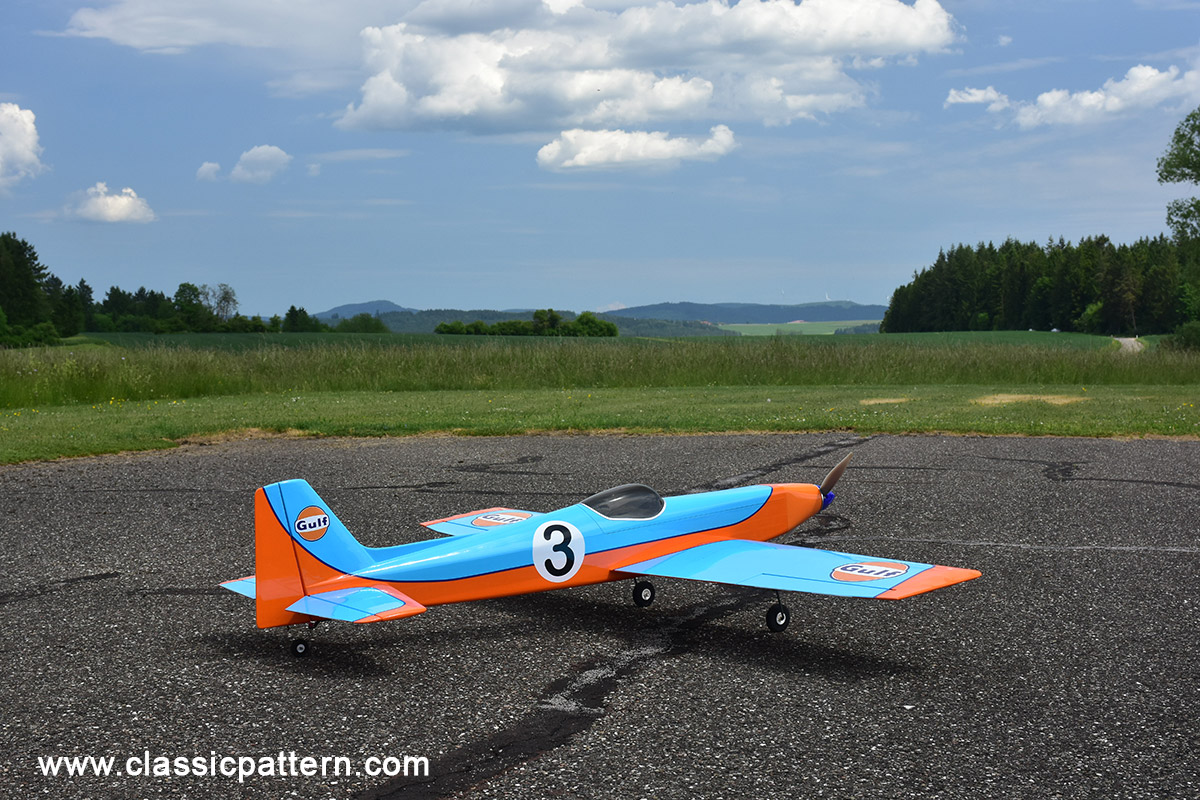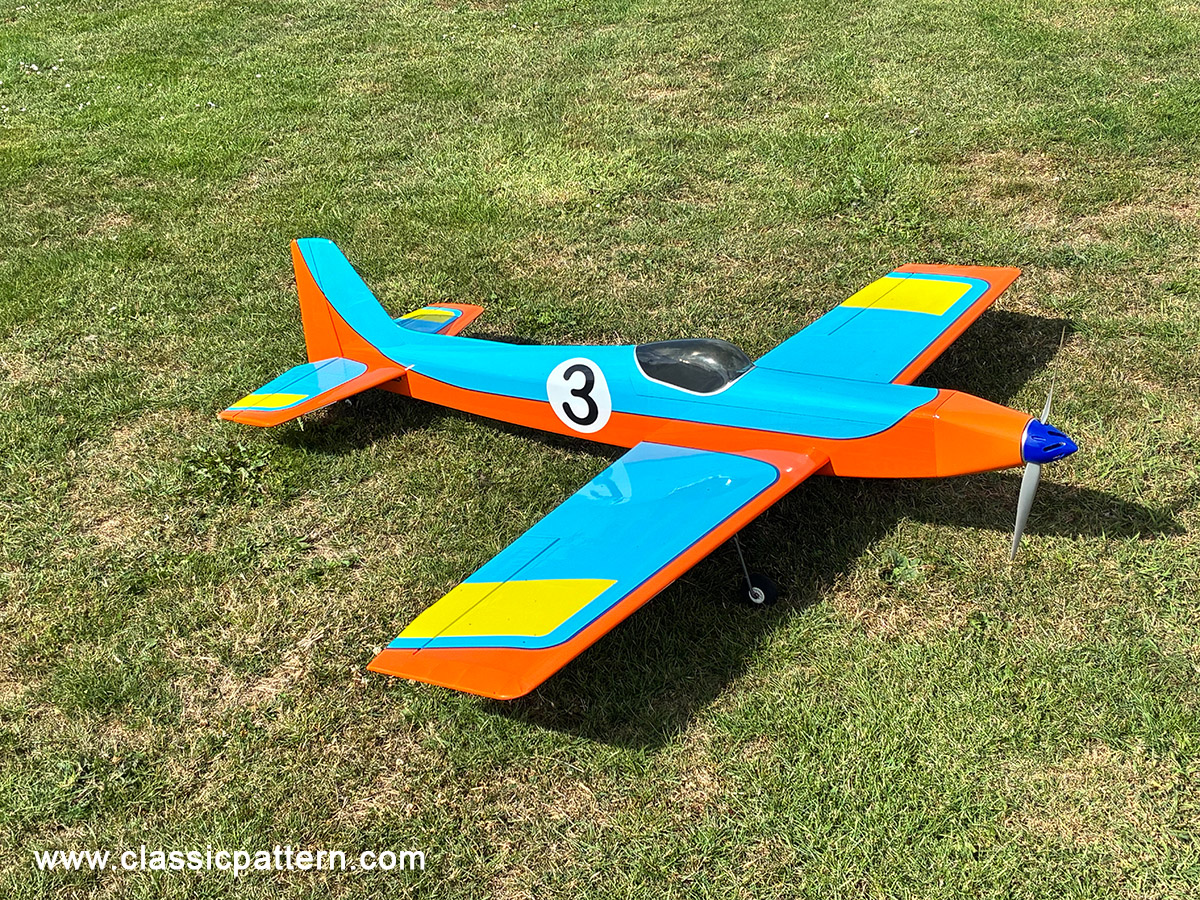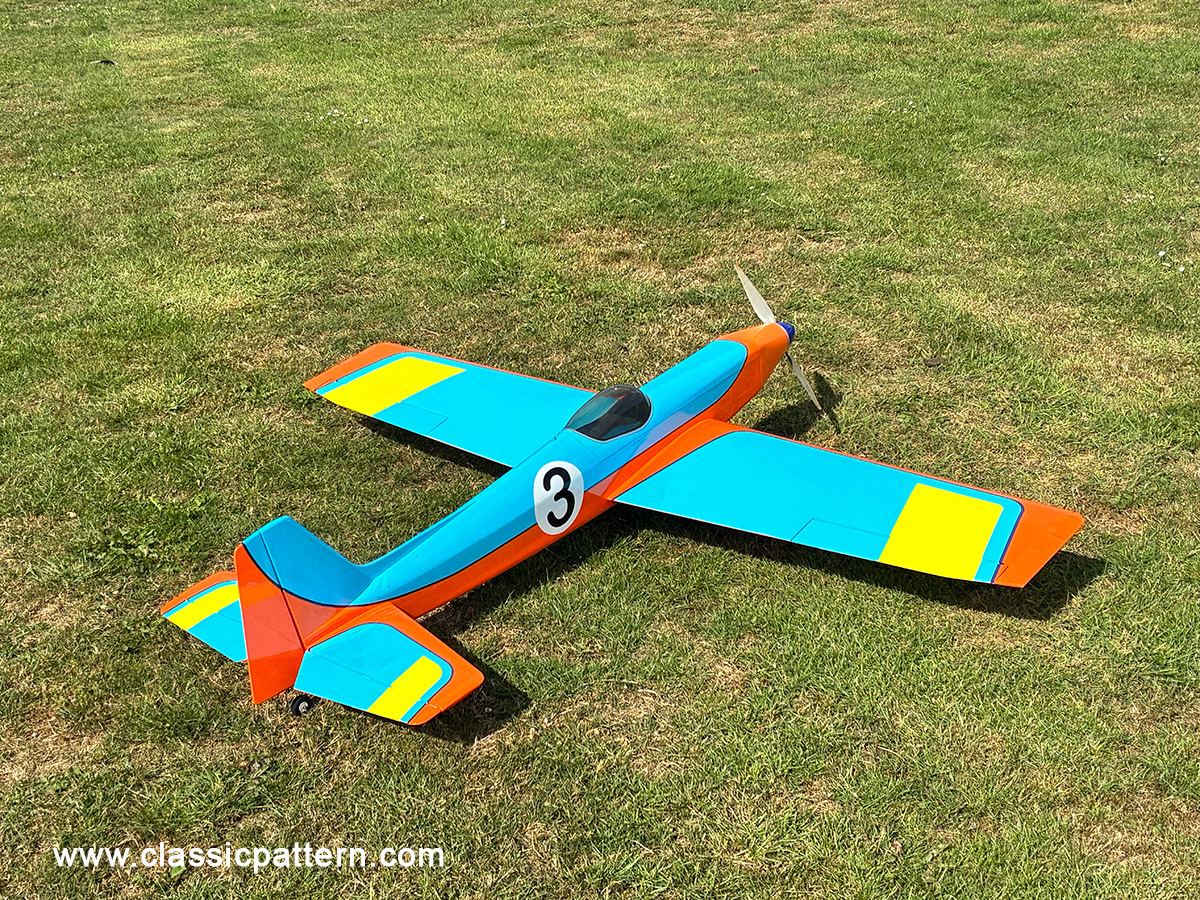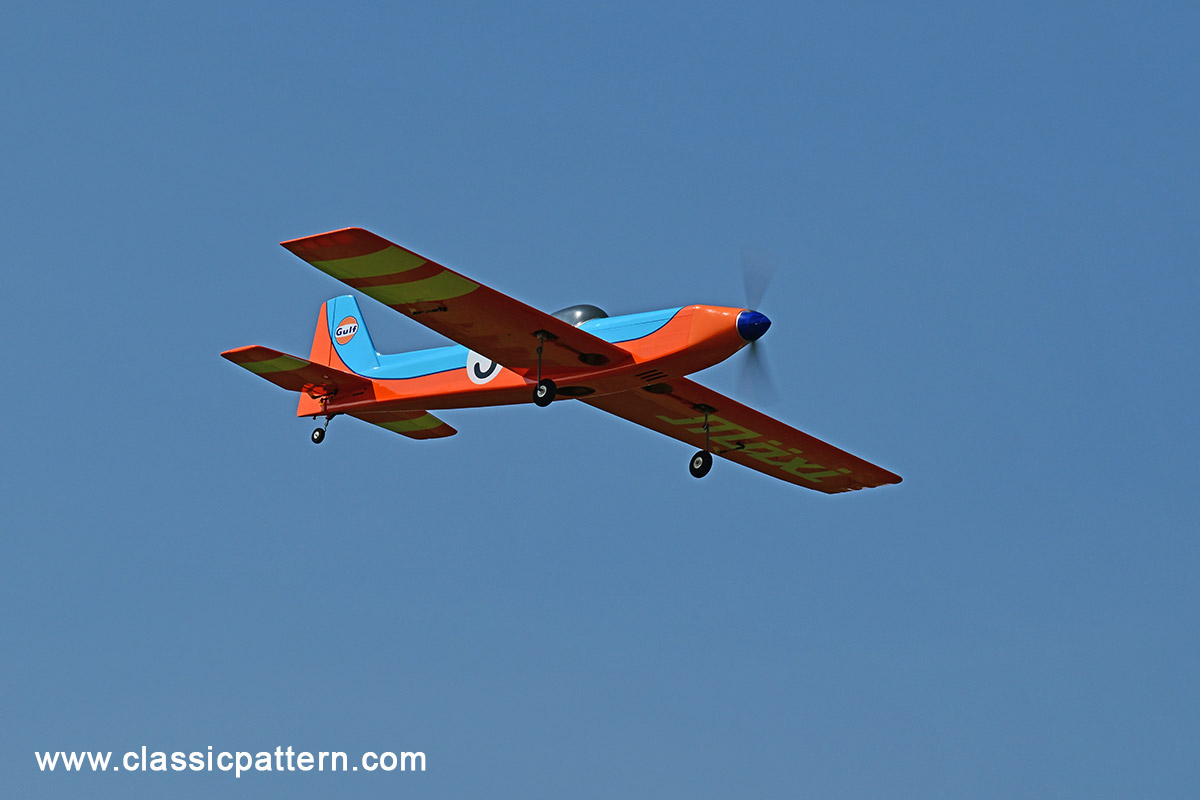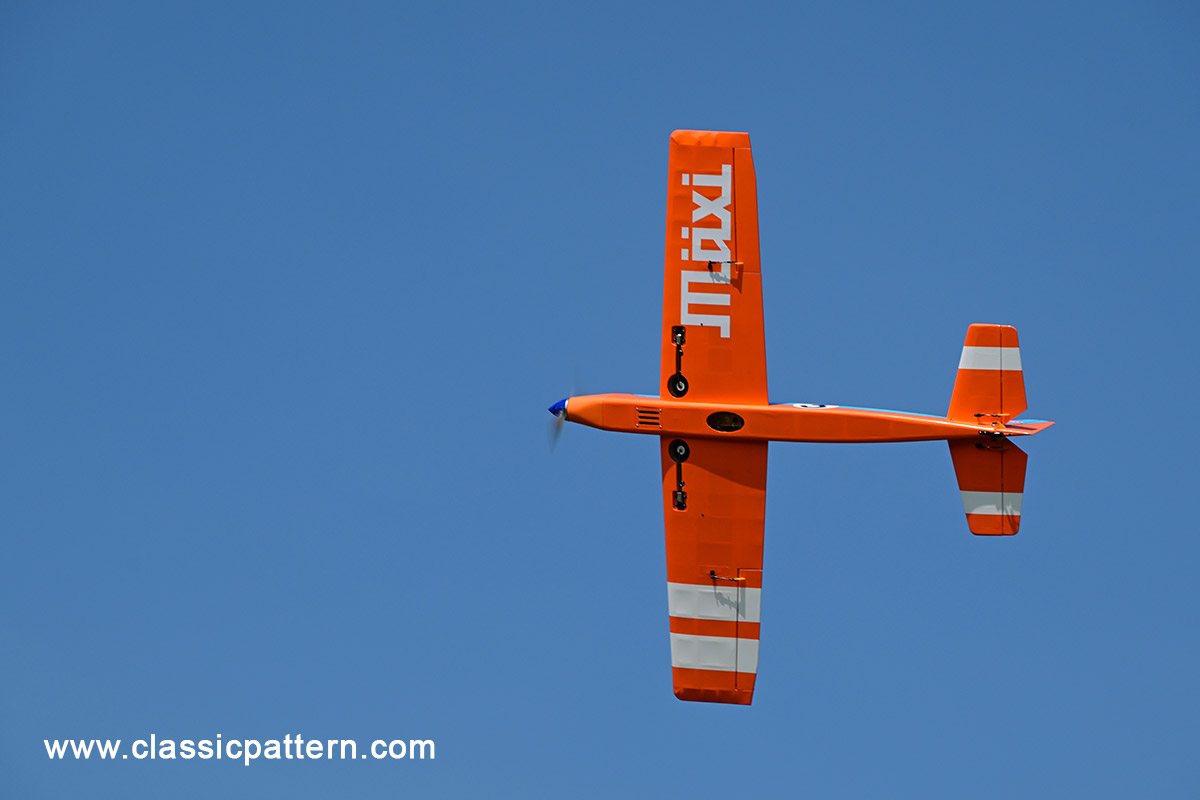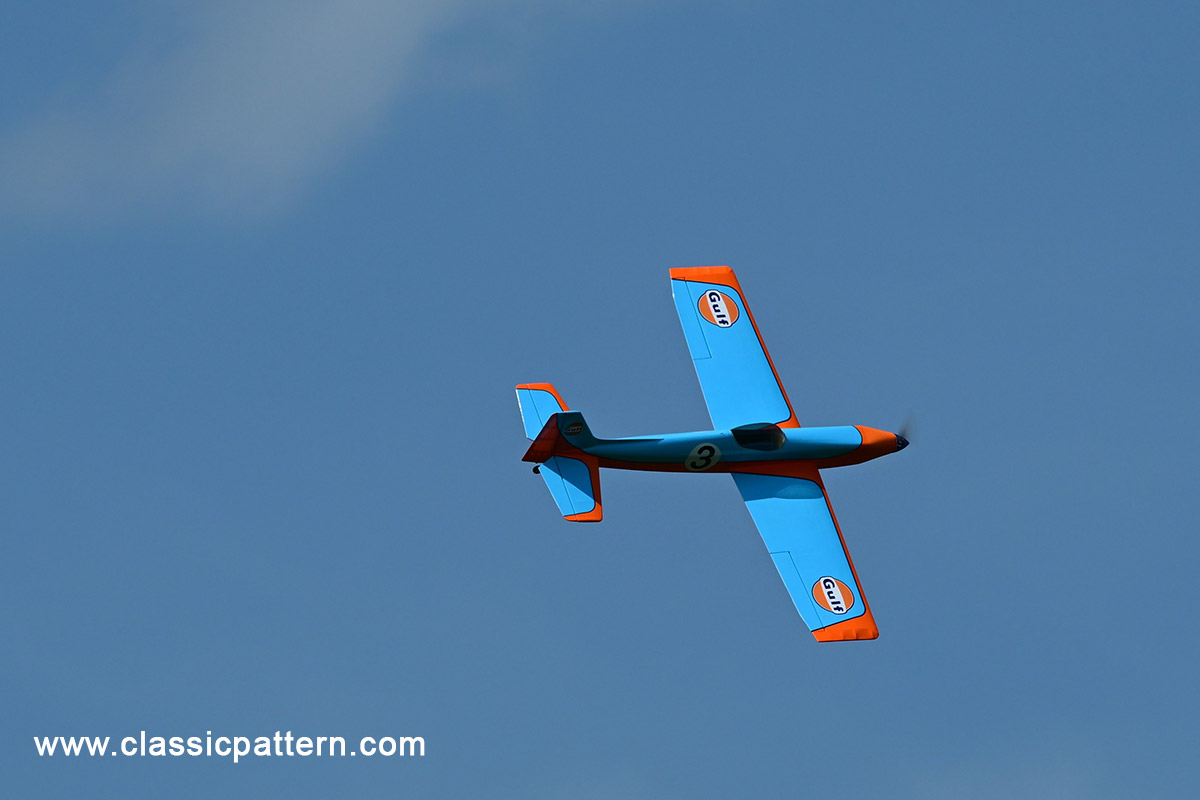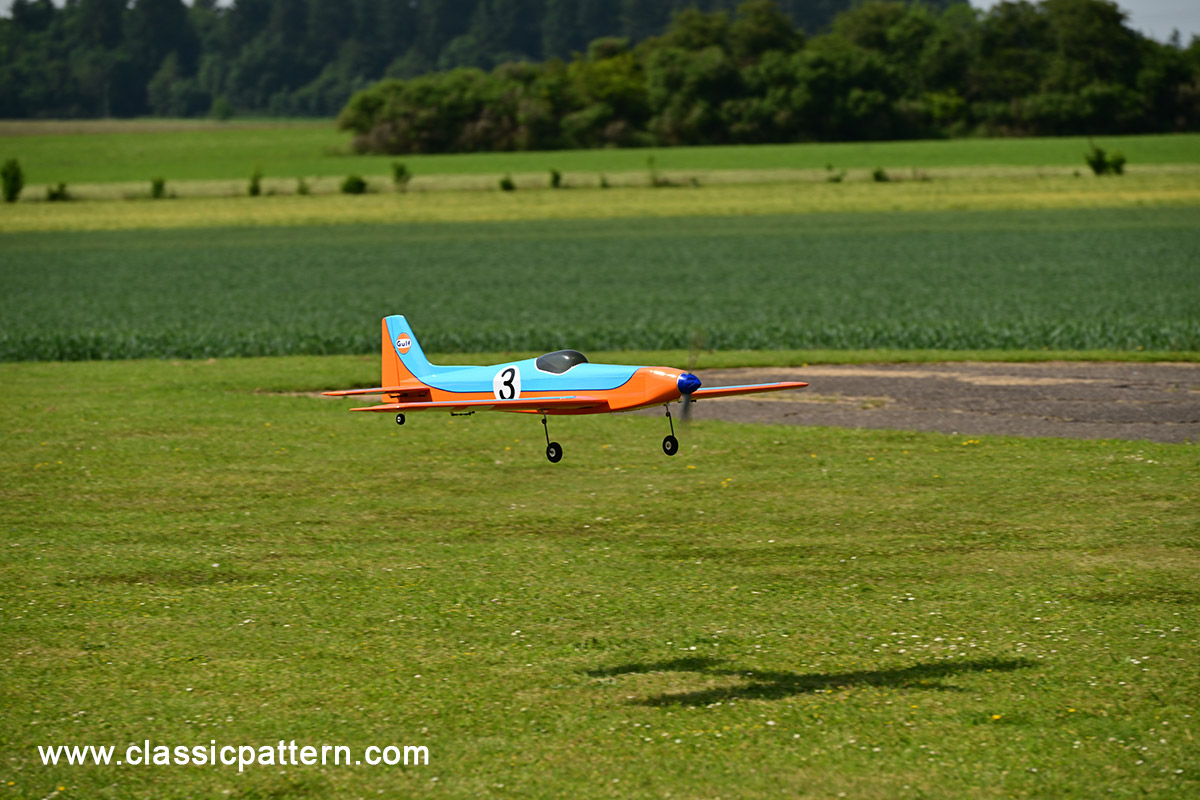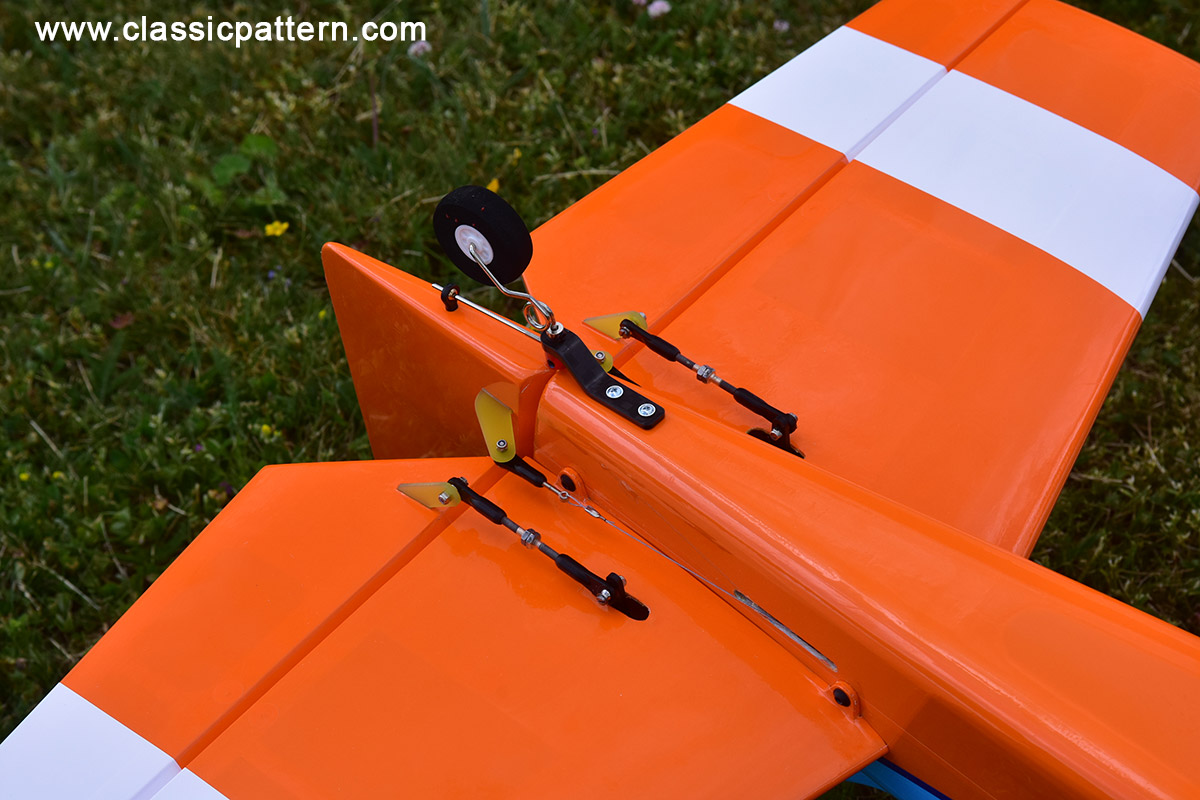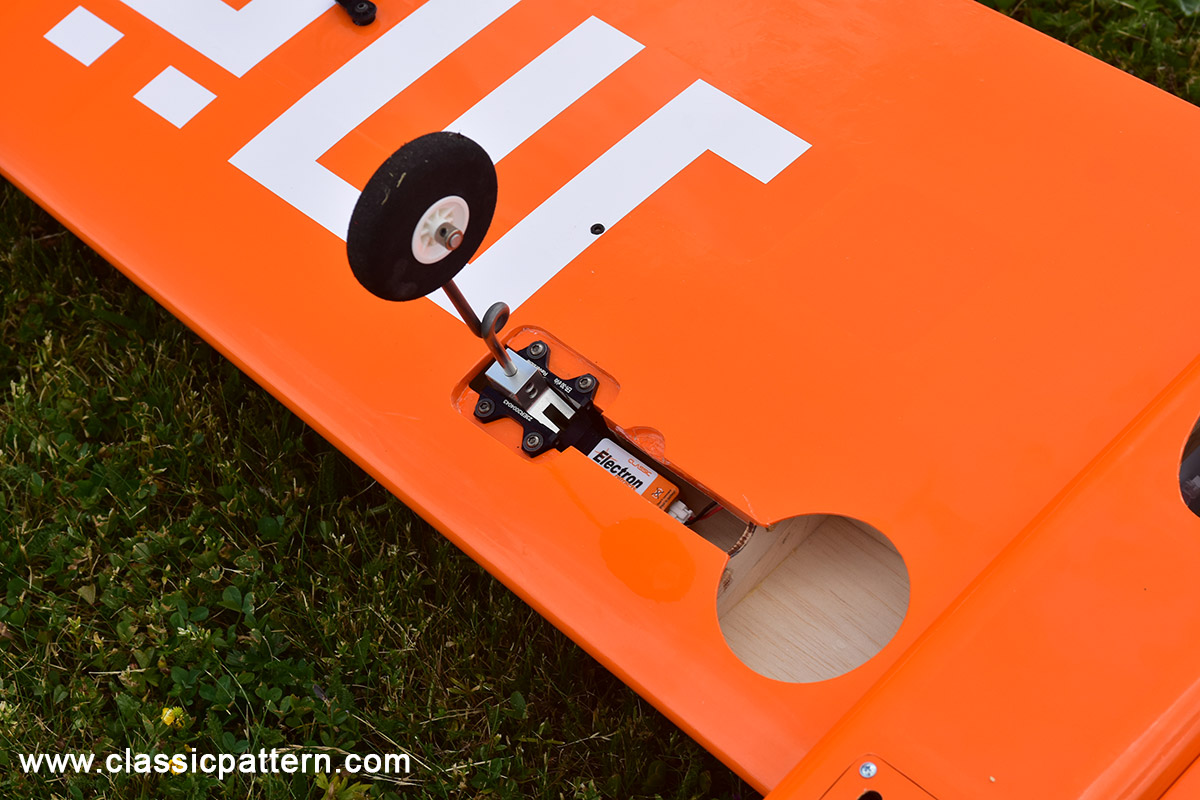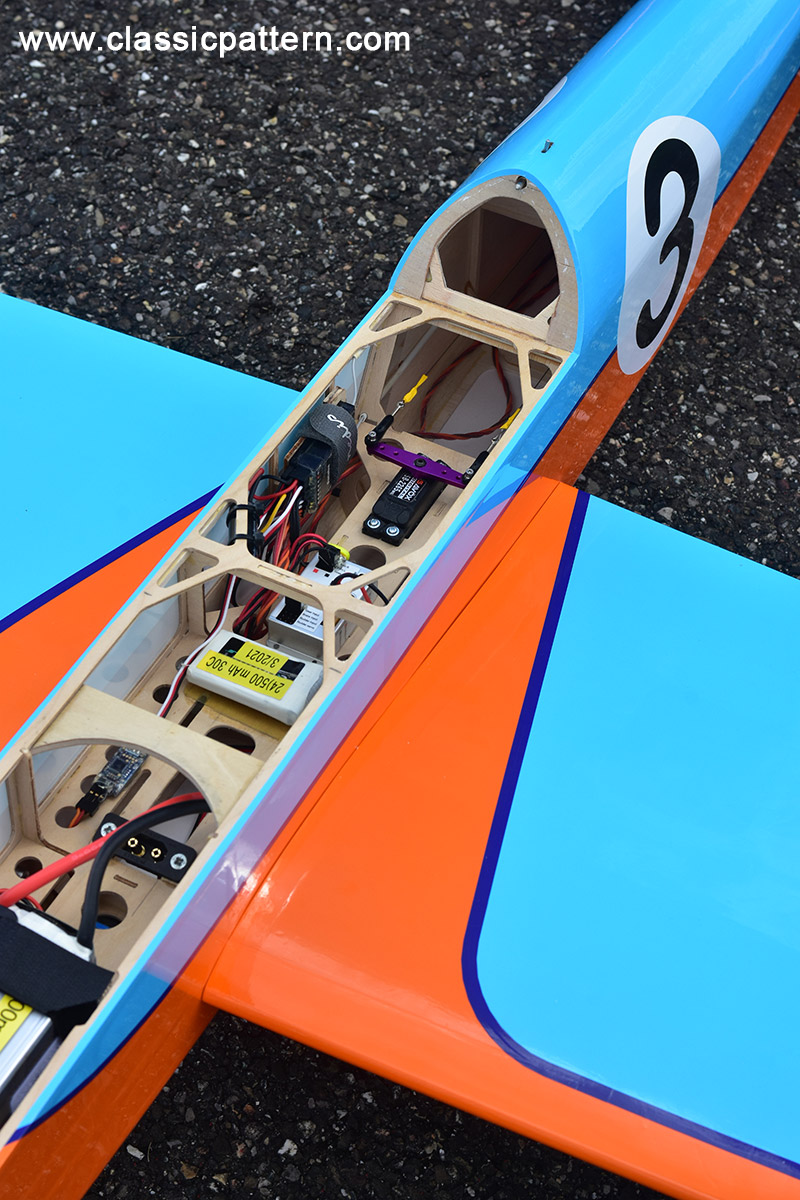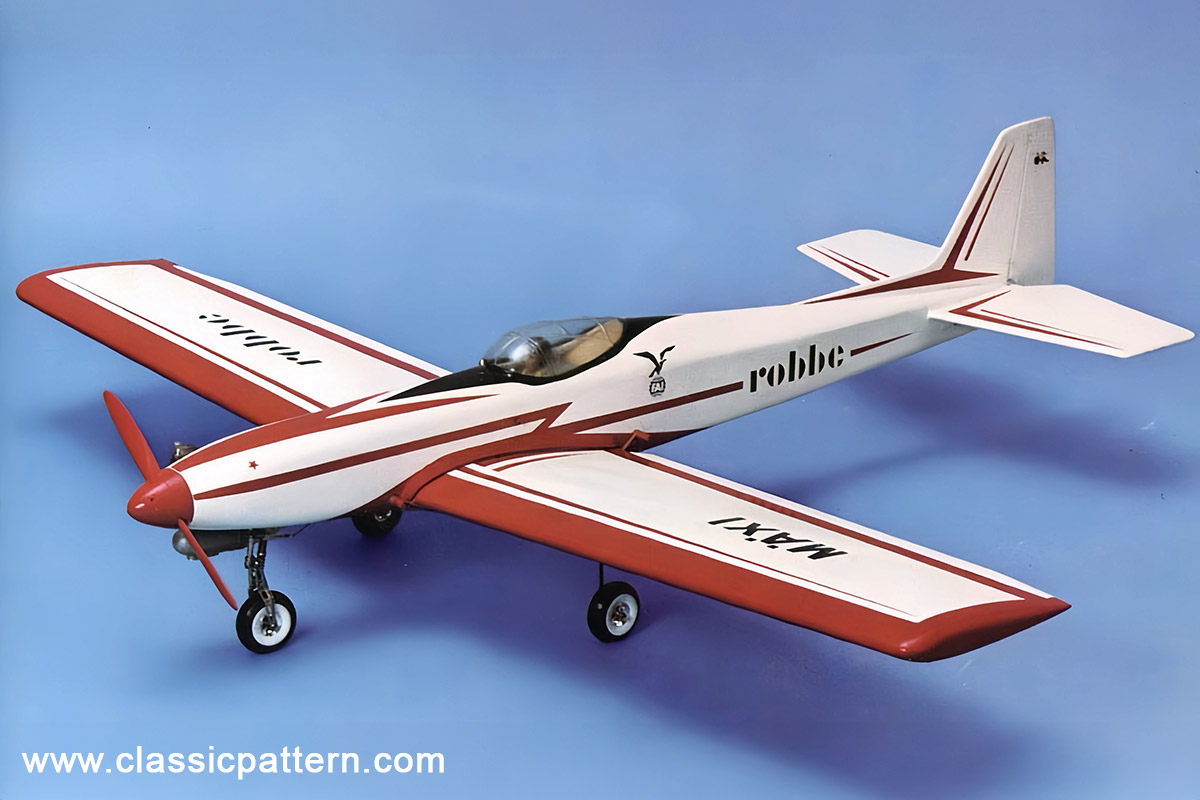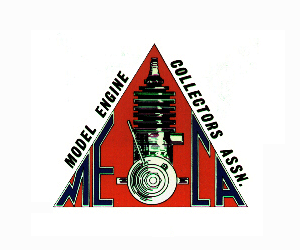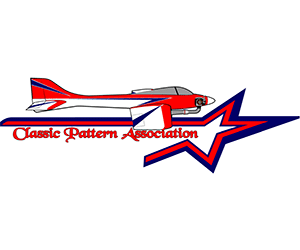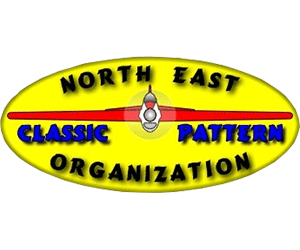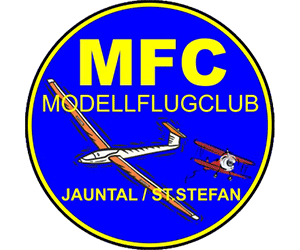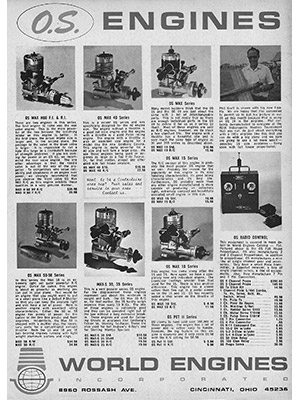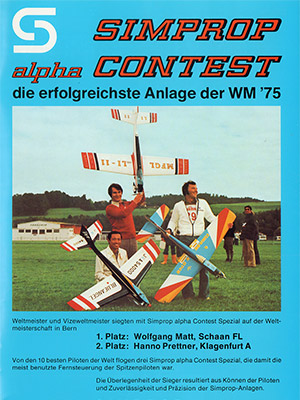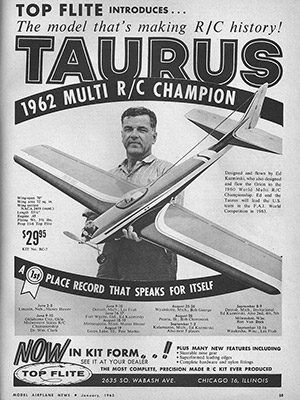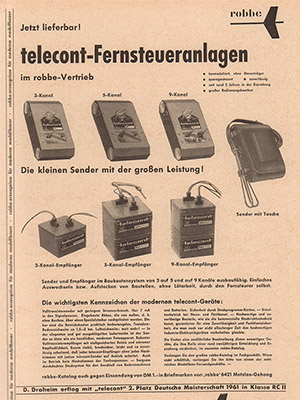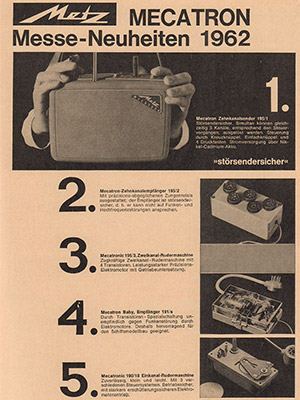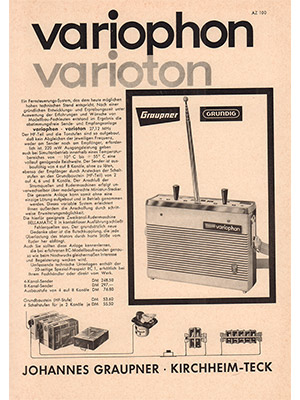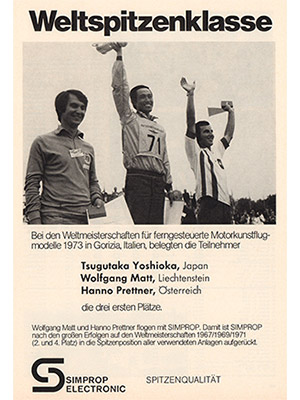In recent years, I have enjoyed the process of successfully converting several “old-school” designs into the 21st century. However, it was more or less by chance that I came across a report on the German RC Network site in 2022 about a “Mäxi” construction project to support the local youth.
Apart from the fact that I have every respect for such an initiative, this reawakened my interest in the Mäxi. When trying to trace the origins of this design, it was a most fortunate discovery to stumble across the original designer, Mr. Heinz Elsässer. Not only that, but as it turned out, Heinz and also his wife Hilde are still very much involved in both full-size and model aviation. Over the months in which the design evolved, we had many conversations and an open exchange of ideas on how to improve the design whilst retaining its character.
Mäxi Plus
The result described here most definitively is to be regarded as a team effort.
With its 1460 mm (just over 58”) wingspan, the original Mäxi is not very large by today’s standards, and I pondered over enlarging the model. Here, I tried to find a reasonable compromise between flight characteristics (the bigger, the better) on the one hand, and a model that can still be transported in a normal estate car on the other. With a fifteen percent increase in size compared to the original, the Mäxi+, as it was now unofficially called, ended up with a wingspan of 1680 mm or a fraction over 66”.
The lower half of the fuselage has been made slightly deeper over its entire length. Due to the placement of the battery plate and wing joiner tube, this was deemed necessary, if changing the height of the wing position in relation to the centerline was to be avoided.
The stabilizer and fin were going to have an airfoil section in the new design, contrary to the flat plate used on the original design. Also, the turtle deck (what a name…) has been raised by about 10 mm to reduce turbulence at the transition towards the empennage.
Another consideration was the installation of a retractable taildragger undercarriage instead of the nose gear type used on the original design. Nose gear undercarriages do have their advantages when it comes to being uncritical in take-off and, above all, landing. There are, however, also substantial disadvantages, like additional weight.
It was important to me that all major components were to be easily accessible and that changing the battery would not involve substantial time or effort. That’s why the entire upper fuselage, from the rear of the cowling to a point just behind the canopy, has been designed to be easily removable.
A major factor had to be weight reduction, as lighter models are considerably less critical in terms of flight behaviour.
Airfoil section and wing construction
As Heinz informed me, the original airfoil section used in his Mäxi models (there were several) was kind of a “shoe sole airfoil section”, rather than the result of extensive aerodynamic testing. Having said that, a 17 percent thick section, like the one supplied by Robbe, was never used on the original Mäxi design.
Attempts to find the original airfoil section after so many years failed, and so the search for a suitable alternative began.
In the end, I settled for the Eppler 168, which has its maximum thickness slightly further forward than NACA 63-012. This provides a few precious extra millimeters to accommodate the retract unit, whilst retaining the 12-percent thickness. Towards the tip, the section changes towards Selig 9026. A set of Evo-30 Classic retracts by Electron was installed.
The original Mäxi was equipped with so-called strip ailerons, as was the norm at that time. With the exception of small, slow flying models, I find it best to avoid this type of ailerons. They are prone to flutter at higher speeds and are ineffective. That’s why classic, barndoor type ailerons were used in this model.
As is standard nowadays, each aileron is equipped with a separate servo.
Fuselage construction
The front fuselage frame which houses the electric motor, wing attachment, ESC and some of the radio equipment, is made out of 2 mm aircraft plywood. Certainly, 1.5 mm would also sufficient, but plywood is expensive and I still had a 2 mm sheet available.
Empennage
Stabilizers, elevators, fin and rudder are all constructed from 2 mm balsa ribs, with 0.8 mm reinforcements for items like tubes and servo mountings. Sheeting is minimal and where required, 1.5 mm balsa was used.
The same airfoil section, SD 8020-010-88, was used for both vertical and horizontal tail feathers. Based on earlier positive experience with this brand and also their customer service, the decision was made to equip this model with Savöx servos.
I have found all of these servos to be excellent value for money. What really impresses me is their accuracy to return to their neutral position, over and over again. I must confess being less impressed with my ESC, a Hobbywing Platinum 80A V5. My first example gave up after one flight only.
Powering the Mäxi is a Joker 5050-8, a Dualsky Eco series sold by Lindinger Modellbau, I really cannot fault them. The model has flown in temperatures of over 30 degrees Celsius without any issues.
The cooling hole at the bottom of the fuselage causes a whistling sound. I must admit that, especially in combination with the model’s rather high speed, I really like the sound of it! The airscrews used so far are both APC-E’s: a 14 x 8,5” and a 14 x 10”, both pulling around 70 Ah on full power.
Energy is provided by a HRB 6S 5200 mAh 100C series LiPo. As with most manufacturers, their C-rating seems to be very optimistic, but so far, they hold up well. My original intention was to use a 4000 mAh pack, but that would have required the use of additional ballast. With this bigger battery pack, flight times of 7-8 minutes are within easy reach.
Not much to say here, really. The entire model was covered in orange and pale blue film, with home-made Gulf-style decals as a personal tribute to the contribution this company has made to the racing sport. The underside of the port wing boasts a large “Mäxi”-logo as a kind of provenance to both the designer Heinz Elsässer (he used this on his original models) and also to my first Mäxi.
As an extra touch of class, dark blue striping was applied to the model. Trying to cut it out in such a way that it is consistent along all these curved surfaces was a labour of love, but to me the result is well worth it.
Flying
When the moment of truth arrived, the scales showed a weight of just 3080 grams, ready to go and including a 6S – 5200 mAh battery. To say I was pleased, would be an understatement.
This must be among the nicest models I have flown to date. Smooth flightpath, harmonized controls and really pleasing to see in flight, or “schnittig”, as the Germans call it. This model is quite fast, especially with the undercarriage retracted; I even have had spectators inquiring if it was a scale model of some sort, given its racing scheme. Also, it would be easy to forgive to mistake it for a model of a fighter when on a low-level pass at high speed.
Much as I like the Gulf scheme, in less than perfect conditions, it proved to have insufficient contrast for my ageing eyes, so the Gulf logos have been removed in favour of some bright yellow patches.
When it comes to aerobatics, the Mäxi+ is a child of its time: really neutral in pitch and roll, making any combination of looping’s and rolling manoeuvres a real joy to fly and see. Because of the light wing loading, landing speed is low. Also, the model’s stalling behaviour is soft; with full up and the motor on low revs, the model just mushes but will not drop a wing. Snap rolls and knife edge flight are not its strength, and making crisp wingovers takes practise to achieve. Because of its thin airfoil sections, the model also is impressively fast.

During the landing approach, it helps to take time to allow the model to slow down; as the model is so aerodynamically smooth, it loses speed slowly. Flying wide circuits is helpful in that respect. All in all, a really enjoyable project, not in the least because of the involvement of Heinz, whose interest and encouragement has really stimulated me to construct, fly and build a tribute to his iconic design – the ‘Mäxi’
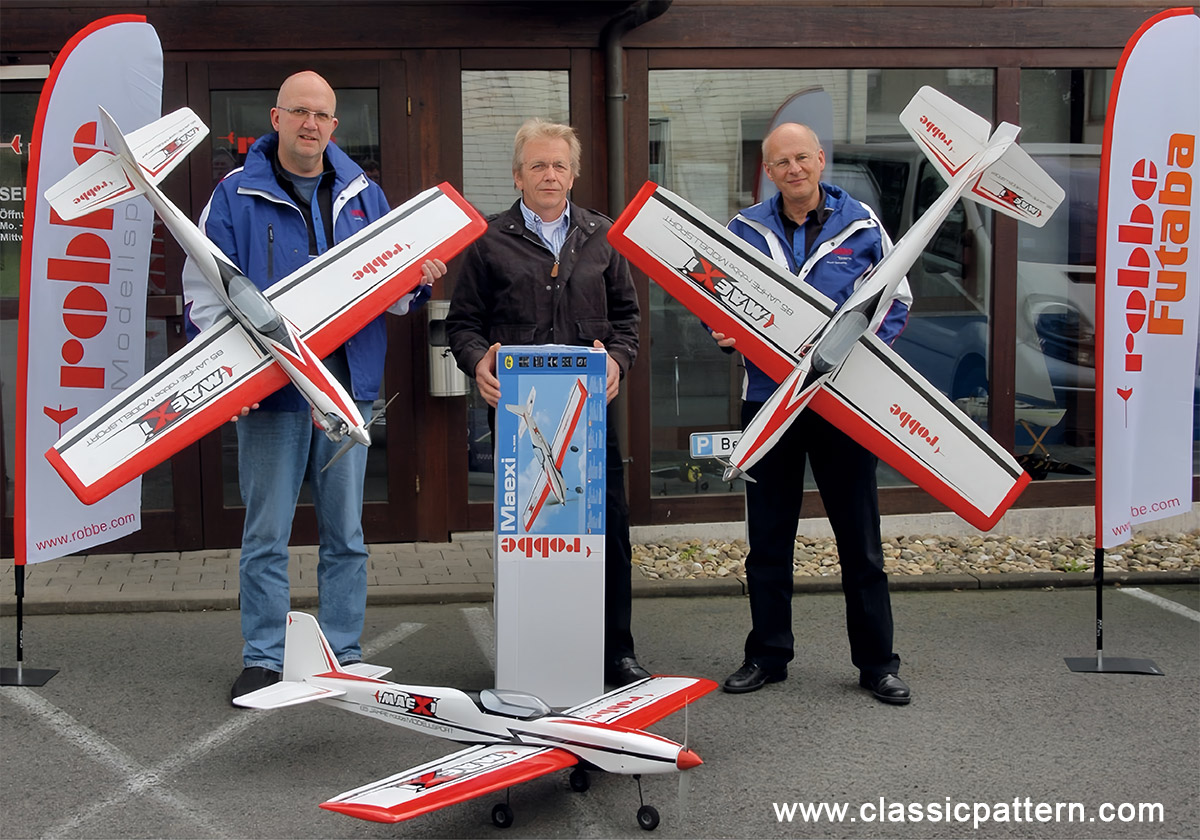
Here is the handover of the first samples of the ARF version of the Robbe Mäxi anniversary model, which was manufactured by us (the current Classicpattern team) in 2010. Heinz Elsässer was also a great help in the construction of the ARF version. Thank you, Heinz!
Here is the handover of the first samples of the ARF version of the Robbe Mäxi anniversary model, which we manufactured in 2010.
Specifications
Wingspan: 1.68 metres
Fuselage length: 1.53 metres
Drive: Joker 5050-8 outrunner
Flying weight: 3085 grams
Text and Images: Dick van Mourik
Flight shots: Hansjörg Baumann


